Our fingers are one of the most sensetive parts of our body and finding the perfect-shaped neck that fits our hand/fingers is a real challenge when it comes to true guitar love. Our hands are unique. They come in different sizes and forms so it’s very personal when it comes to what kind of guitar (neck profile) we prefer. On that we can also add the support of different techniques and styles. The grip shape of the neck is important. How much wood does it take to fill up your hand? Too little equates to quicker hand fatigue. Too much is even worse.
What I have understood so far with my experience, is that the traditional neck shapes for guitars have through decades been symmetric shaped with a position-fixed centre line with some exceptions from models like Gibson Les Paul 2008, EVH Wolfgang models, Fender SVR signature model and newer modern bass design etc.
So what’s the benefit with an asymmetric neck profile then?
Generally… The idea (in theory anyway) is to get a more comfortable and proper playing position across all frets on the neck by reducing strain on your wrist, fingers and forearm. The neck needs to have a supporting profile for the hand from the first and to the last fret. To reach the first frets, you have to have larger reach and angle on the fingers, while the thumb can either rest above the neck or be positioned at the neck centre to create a better reach for the fingers. At the last frets your fingers must have a shorter reach and angel and at the same time be pressed down, while the thumb is placed above the neck. Usually the neck gets thicker further down to the neck heel wich creates a good thumb support.
One thing is for sure. The neck probably need reinforcement to support the different, unequally balance pressure point. Otherwise you may end-up with a twisted and curved neck.
Asymmetric neck profiles
On most common asymmetric necks the main focused is to support the thumb and the fingers at the top of the neck. The center line is raised to the upper part of the neck all the way across the neck – from the 1:st to the 16th fret.
Progressive asymmetric neck profiles
With a progressive asymmetric neck profile you can have a better support for the hands different angles across the neck. From the first to the 16th fret. So the profile on the first frets needs to more wood on the top and less at the bottom. The profile for the 16th fret needs to be the other way around – Less wood on the top and more at the bottom. This means that the centre line on the backside of the neck on the first frets is positioned below the standard centre and the centre line on the last frets are positioned above the standard centre.
In the end it’s a matter of taste.
Even if the neck looks a little bit weird. What I have read in forums there are a mixed respons from people that have tried an asymmetric neck. Some say it’s perfect, some hate it and some didn’t feel any difference. Theories don’t always hold up in real life but I think it’s more about getting used to it. Recently I did a short test on a Gibson Les Paul standard 2008 in one of the local music stores. The Gibson asymmetrical neck profil felt subtle and somehow it suprised me that it wasn’t any difference playing it. So if you’re usually playing on regular D-shaped necks, you can probably expect that it is going to take a little time to adapt. Anyway, I have to try this later on one of my projects.





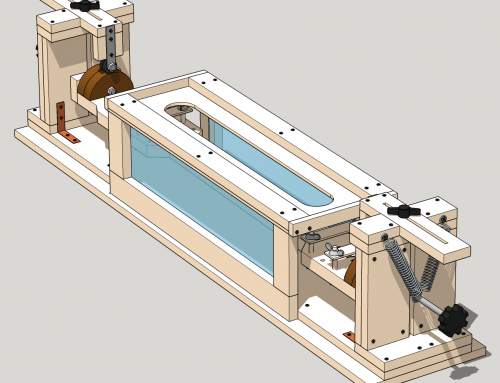
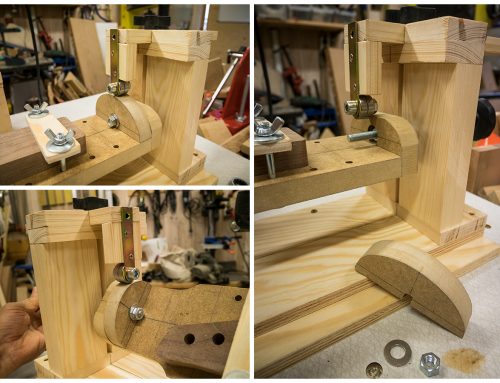
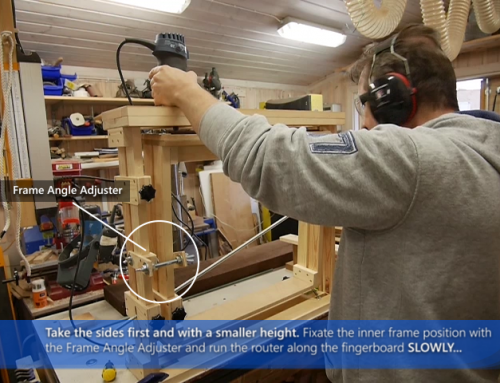
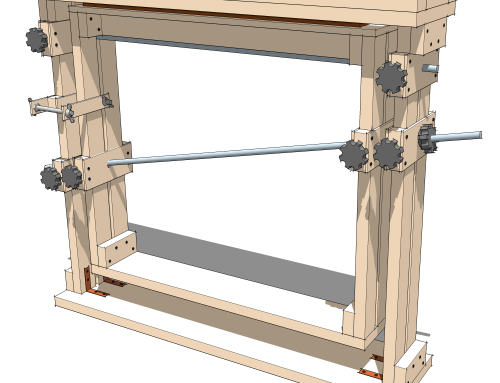
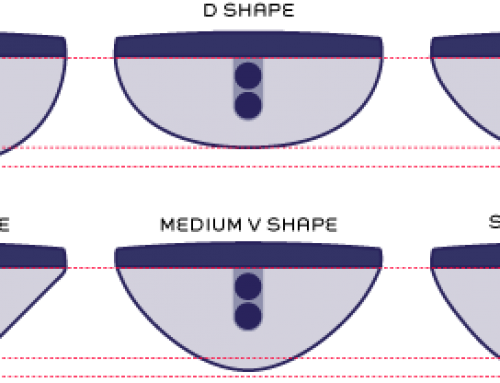


[…] fra WWW Verktøy) var utrolig effektiv. Formen på selve halsen er nokså konvensjonell, men litt asymmetrisk med slankere profil på diskantsiden enn på bassiden for å passe bedre til hånden. Det er mer […]
[…] Givetvis de 2 olika varianter progressiva asymmetriska halsprofiler. […]
[…] […]
I am confused by the last diagram… how can the position of the ‘protrusion’ if I may say, in the extreme asymmetric neck shape, change from lower to higher frets (I am a non-native speaker so bear with me ) … isn’t that the case for the ‘progressive’ on the contrary? I have a bigger issue though. I am coming from a Strat and I am having trouble playing a Wolfgang. That must be coming from a C to a D shape I guess ..hard to reach out particularly in bends when I have to hold on to the neck-side with the thumb for support – the neck fills my hand just too much… it may be about the character of the ‘initial fall’ if I may say, on the neck-side – need to grab the neck a little too hard when I can’t find any support for the thumb there, whereas the C shape provides easy support (I don’t have the Fender around, so I am just imagining) . Or it may be a ‘size’ thing. It seems to me it is both, and add to that my rather small hands, short fingers.. I don’t know if I can get accustomed to this thing, and would appreciate some expert advice.
Very cool article! I’m wondering if you’ve considered applying these concepts to a fretboard radius.
Hi & thanks!
Yes, actually the next project have to be a progressive assymetric neck with a compound radius fingerboard. 🙂
I’ve also had thoughts to try out the fanned fretboard with different scales(to complicate things more).
Cool!! I just shove a chunky C neck (MusiKraft .90 – .99) down to a SMALL sym (.83- .92) with PROG taper (from off-set to centered) with no shoulder at high E and small shoulder at low E side. Must be my fav. 😉
Yes, a slight asymmetric 3mm +/- is my favorite shape. 🙂 Will probably stick to these shapes on all my guitars. I did a neck shape jig for asymmetric necks a month ago and put up post about it. Unfortunately it’s only in Swedish but it will work if you use the Google translation function on the right menu at the top. At the bottom of the post you can see a movie on how it works. Takes about 30 minutes now to do the basic neck shape work. 😉
http://www.kappi.com/blog/2016/07/frasvagga-for-halsprofiler/
Holy shit… I mean your video at the bottom, what a nice jig besides the nice workshop! I’m so much impressed, you seem like really a competent luthier in every respect. Thank you kindly for the great share.
Thanks! 🙂 🙂 🙂
[…] Yeah while modelling the neck I noticed the fret2find vector file was not centered. Not sure if it was something I screwed up on. I downloaded again I checked in illustrator, same issue, it was off center, maybe that’s the normal? Found a website about asymmetrical necks.https://www.kappi.com/blog/2012/10/asymmetric-neck-shapes/ […]
Yes! That’s the point! It’s a progressive ASSYMETRICAL neck. It should NOT be centered on the 1st band and the 16th band. 😉